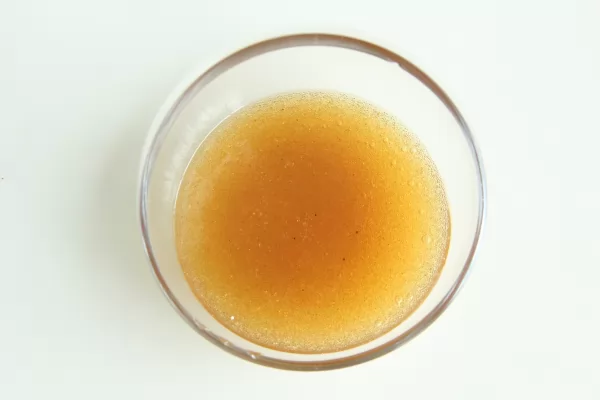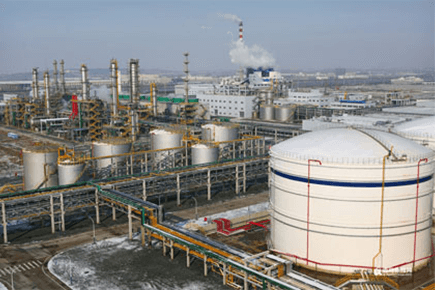
Resina de leito misto para EDM de corte lento com fio
Introdução:
Electrical discharge machining (EDM) with wire cutting is a machining process that uses a movable metal wire, called an electrode wire, to conduct pulsed spark discharge to etch and cut metal workpieces. The wire cutting process can be classified into three categories based on the wire speed: high-speed reciprocating wire EDM (commonly known as "fast wire"), low-speed unidirectional wire EDM (commonly known as "slow wire"), and vertical rotating wire EDM.
_1698302994_WNo_600d358.webp)
Slow-wire Cutting Process:
The slow-wire cutting process is a type of electrical discharge machining (EDM) where the electrode wire moves in a single direction at a low speed, typically less than 0.2mm/s. This process can achieve a high level of accuracy, up to 0.001mm, and the surface quality of the processed material is comparable to that of grinding. Slow-wire cutting machines use continuous wire supply for the electrode, meaning that the wire is replenished in real-time during the machining process. This significantly improves the accuracy of the parts being processed, with surface roughness usually up to Ra=0.12渭m or higher. The roundness error, straightness error, and dimensional error of slow-wire cutting are also much better than those of fast-wire cutting. As a result, the slow-wire cutting process is widely used in the high-precision machining of some parts.
High-Quality Water Requirements for the Slow Wire Cutting Process:
Electrical discharge machining (EDM) with wire cutting is carried out in a working fluid medium. The insulating properties of the working fluid play a crucial role in the process of pulse discharge by preventing ionization, accelerating the cooling of the electrode and workpiece, and facilitating the suspension and expulsion of electrolysis products from the discharge gap. The quality of the working fluid significantly affects the cutting speed, surface roughness, and machining accuracy. Slow wire cutting process, which is primarily used for high-precision component machining, has higher requirements for the quality of the working fluid. Deionized water with lower electrical conductivity is needed (generally requiring a conductivity of less than 20 渭S/cm) for this purpose.
Seplite ® MB10 Mixed Bed Resin for Slow Wire Cutting Process:
Seplite ® MB10 resin is a specialized mix bed resin developed by Sunresin using advanced UPW technology to meet the special water quality requirements in the slow wire cutting process. The resin is specifically designed and produced to suit the specific usage environment. It is a pre-mixed, transformed resin that can be directly used in ion exchangers. The resin has been formulated in the correct proportion to fully satisfy the water quality requirements of the slow wire cutting process. Its usage is simple and convenient, providing a reliable solution for the water quality issues encountered in the slow wire cutting process.

Easy Operation:
A resina passou por um processo de transformação e foi pré-misturada em proporção razoável, ficando pronta para uso direto. É fácil e conveniente de usar. Possui uma taxa de conversão H/OH mais alta, proporcionando melhores capacidades de processamento. O desempenho de processamento é estável, levando a uma vida útil mais longa.














